MIRPH-1 HiFi Dynamic Headphones – Elastic Silk Smoothness
MIRPH-1 is a $749 USD pair of high-end headphones designed for comfort, and a smooth, laid-back listening. Today we will explore those headphones made of Resin, and explore comparison with other similarly priced headphones, including Crosszone CZ-10 Enhanced (995 USD), Focal Bathys (699 USD), Dan Clark Aeon 2 Noire (899 USD) and Meze 109 PRO (799 USD). The price in Euro will be 699 EURO.
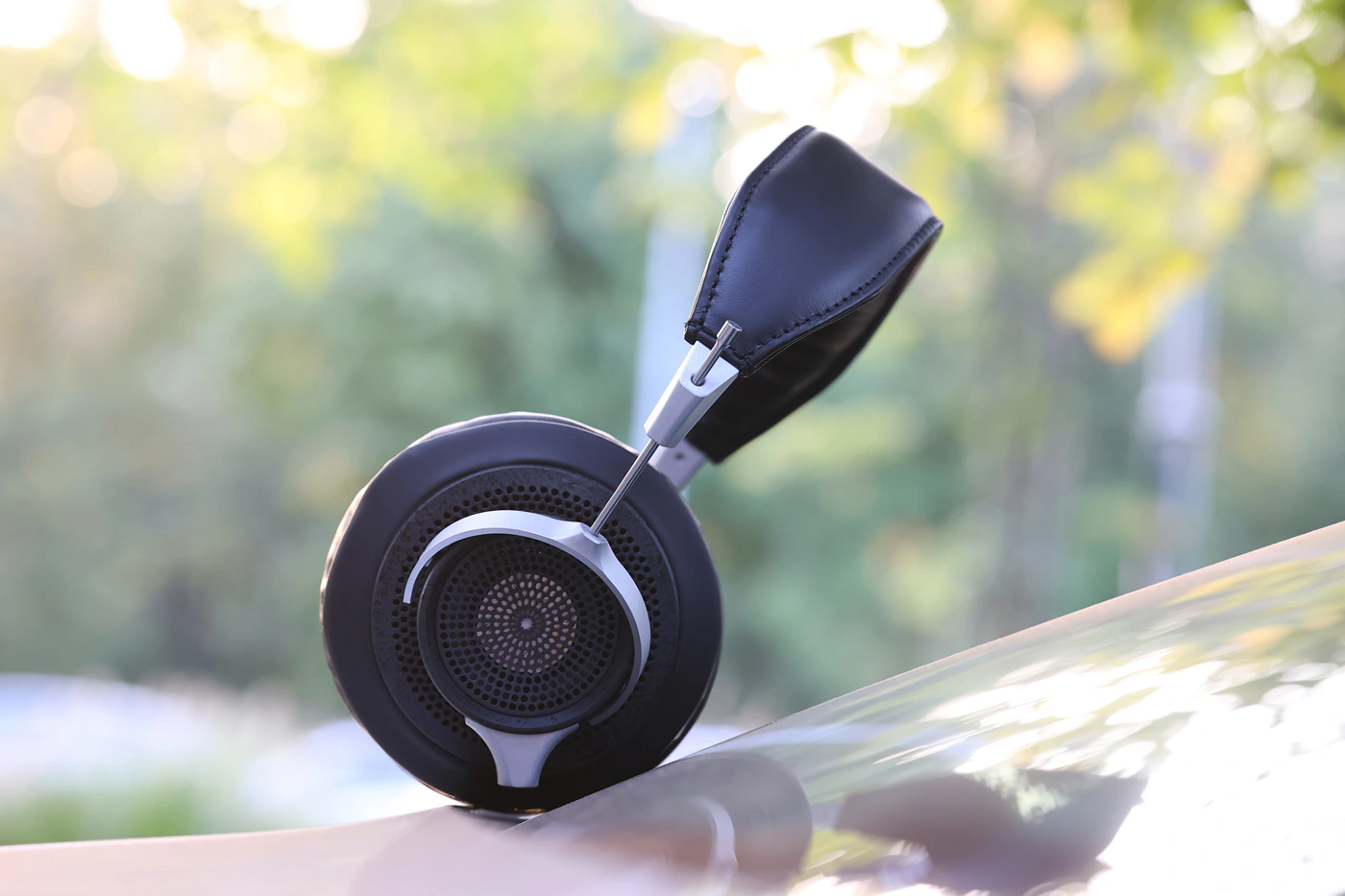
Introduction
MIRPH-1 is a headphone made by MIRPH Designs, and this is the result of 3 years of arduous research in the driver, earpad and construction tech, resulting in the headphone we have here today. A big part of the design is for the headphones to be user friendly and modular, so they are user serviceable too, you can easily replace any part if they get broken, and MIRPH-1 is centered around a 50 mm dynamic driver, it is ready to be powered from any devices, and uses 3.5mm connectors at the headphone side. This is the first headphone released under this branding, but they are hand made in Munich, Germany, but the company has a clean record and everyone who’s gotten a pair seems to be in love with them, so it is time to explore the hype and see how they fare in real world usage. Due to taxing in Europe, the European price is 699 EURO, while for the USA, the price is 749 USD. As an Amazon Influencer, I earn from qualifying purchases, and using the purchase links in my reviews helps me maintain this website and Youtube Channel. Huge thanks to MIRPH Designs for providing the sample for this review, in exchange for my honest opinion.

PROs – Modular build which allows you to manually repair any component, if any of them is ever to fail. The package includes one of the most flexible and bendy-bendy cables I’ve ever seen, and the headphones feel ultra comfortable on my ears, thanks to the large, wide and fairly soft earpads. The headband also helps with the comfort, and they are easy to drive, to be relaxing to use. Sound is also relaxed, smooth, lush and full, with a focused tonality, good instrument separation and great resolution, creating a pleasing, audiophile-grade experience, without the fatigue typically associated with it.
Cons – The design is fairly simple, and as the headphones are modular and handmade, they feel more DIY than most alternatives. No transport case included in the package and just one 3.5mm single ended cable available for purchase at the moment, while most sources likely to be used to drive a headphone at this price have a better 4.4mm balanced output.
Product Link
Official store Link – https://mirphdesigns.com/products/mirph-1
Build Quality/Aesthetics/Fit/Comfort
While we have reviewed modular and user-friendly headphones before, MIRPH 1 is the first headphone that includes being comfortable and easy to power in the user-friendly part of the description. Being HandMade in Germany, Munich, MIRPH-1 shows a level of detail that is hard to match, and those headphones are the result of 3 years of research in audio tuning, ergonomics and design. The company aims to provide their listeners with a laid-back music experience to enjoy every single day. The headband, ear pads and every other aspect has been optimized to offer the user a listening experience that’s as comfortable and pleasing as it is possible.
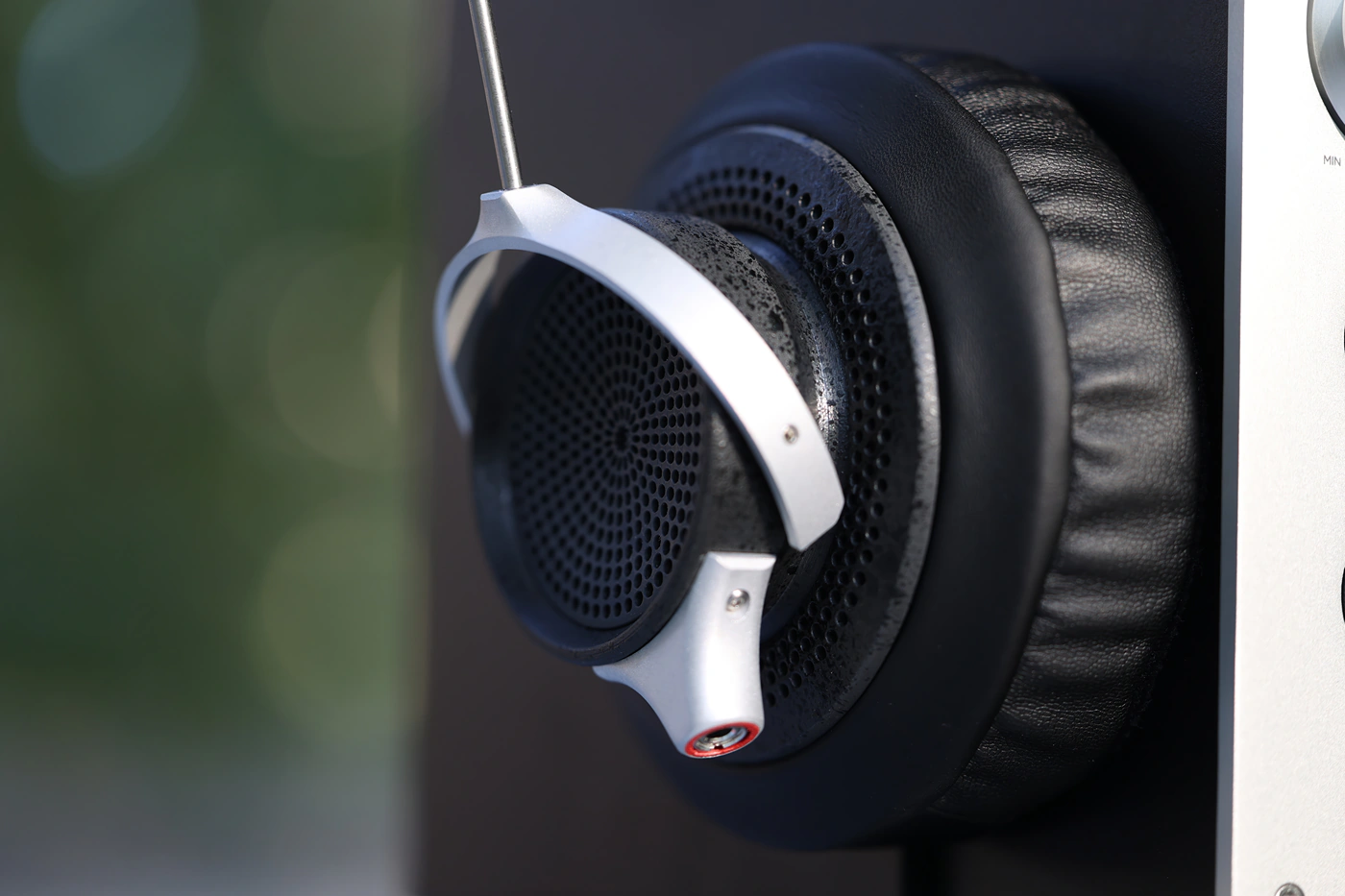
The driver at the heart of the MIRPH-1 is a 50mm dynamic driver, with a 32 OHM impedance and approximately 100 dB of SPL, being rather easy to drive, at least in theory. The weight is also kept ultra-low at 400 grams without the cable, and the cable is 1.5 meters long, with 3.5mm connectors on every end, having a low weight of 40 grams. The headband is made of portuguese leather, while the ear pads are made of pleather and velour. The moving parts are made of aluminum and stainless steel, and the earcups are made of industrial-grade resin.
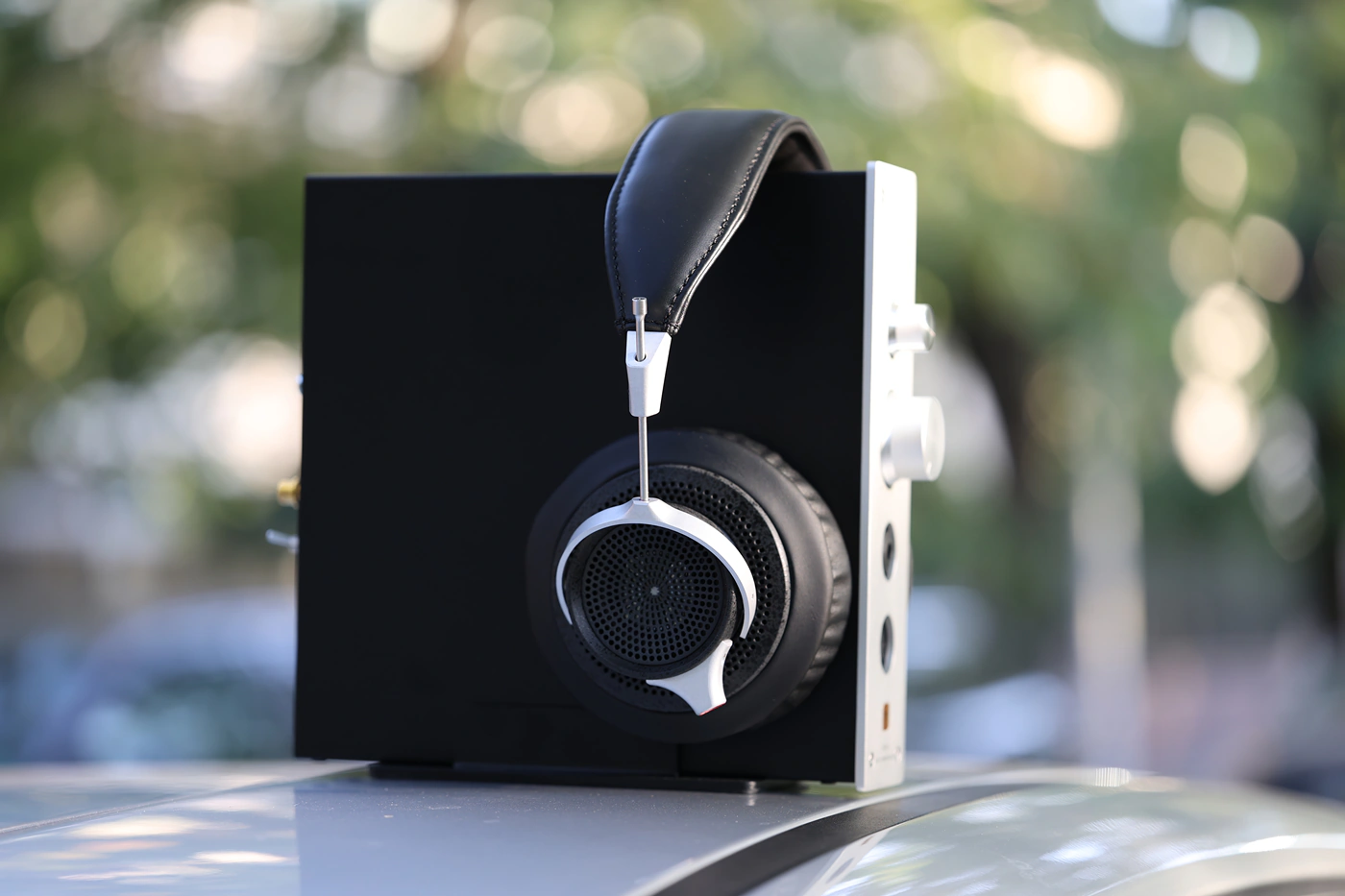
We have what can only be called the most flexible, most bendy-bendy cable ever seen in the wild, which has a total of 8 wire strands, 4 strands for each ear, and it can easily be upgraded thanks to the universal 3.5mm connector at the headphone side. The cable has zero chances of ever having microphonic noise, part of the idea behind the MIRPH-1 offering a really comfortable experience. The cable is made of pure copper plated with silver, and it is handmade. The earpads also match the rest of the design, being made as spacious as possible, being some of the largest rounded earpads, at 110mm in diameter, and offering a sound profile that is smooth and clean, being easily replaceable too.

On a subjective level, MIRPH-1 is one of the most comfortable headphones ever created, it feels ultra-lightweight on my head, as the headband barely touches my head. Despite the low clamping force, the soft and large ear pads keep the headphones in place on my ears, and those earpads are some of the thickest, softest and larger earpads ever designed, similar to the Sony XB-5000 series of headphones, if you’ve seen them before. There is a good schematic and repairability diagram on the Mirph designs website, and you can see exactly how the headphones are made. There is not much passive noise isolation as MIRPH-1 is an open-back headphone, and they will leak your music to the outside world.
Sound Quality
Pairings – As Mirph One is a pair of headphones fairly easy to drive but impervious to source noise, they are the perfect mate for basically any kind of source, and for today’s review I have paired the MIRPH-1 with a number of DAC/AMPs, including HIFIMAN EF499, Feliks Euforia Evo Tube AMP driven by Musician Pegasus R2R, Singxer SA-1 V2 Amplifier driven by the HIFIMAN EF400 R2R DAC, iBasso PB5 NuTube Portable AMP driven by iBasso D16 Portable DAC AMP, Creative Sound Blaster AE-9 Sound Card, iBasso DX180 Music Player, and iFi Zen DAC 3. While with most headphones I tend to replace the default cable for both ergonomics and sonic improvements, MIRPH-1 has what I can call the best default cable for ergonomics already, it is really flexible and comfy, but it is a 3.5mm single ended cable, so for our review today, I have used the default cable to test the single ended outputs of the sources, but also a ddHiFi BC150B Silver balanced cable to test the sources at their best, from the balanced output. Despite having a smooth and laid-back signature, MIRPH-1 has a great resolution and will scale with the source quite a bit.
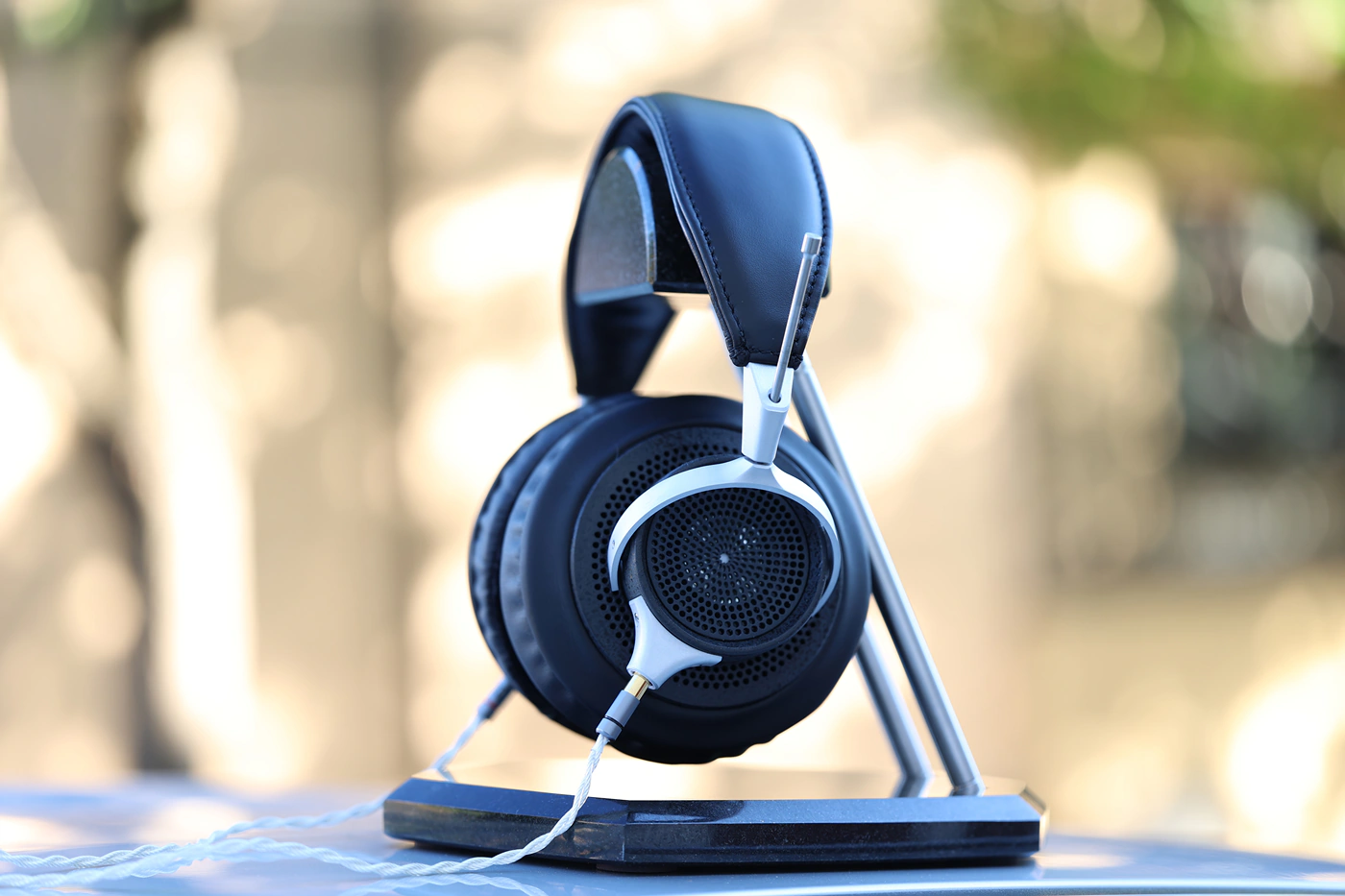
Overall Signature – If you ever wanted to hear pure smoothness, pure lushness and a warm, luscious and lush sound designed by mankind for pleasure, you wanted to hear the MIRPH-1. We start off with a deep and lush bass which is naturally-slow in speed, controlled, full and smooth, transferring the smoothness to the midrange, where MIRPH 1 is incredibly refined and smooth, awesome and fairly open sounding. I enjoy a wide and holographic soundstage, and MIRPH-1 delivers a wide and large image with a tall staging, excellent resolution and clarity, no roll-off and excellent micro details. The treble is bright, extends nicely in the upper treble, up to 20 kHz, with no roll-off, but has a smooth and relaxed texture / presentation.

Bass – Despite a big part of the sound and experience of MIRPH-1 being the smooth, lush sound, the bass has a quantity which leans towards neutral, only being slightly above neutral in reality, but with excellent extension down to the lowest depths. Bass is generally full, smooth and has a natural body / presence, but it is not overwhelming at any point and MIRPH-1 is the kind of headphone that prioritizes sounding fatigue-free, and this includes the bass which has a slightly soft presentation, the headphones will not vibrate on your head and they will not ever feel like any part of the sound is too much.
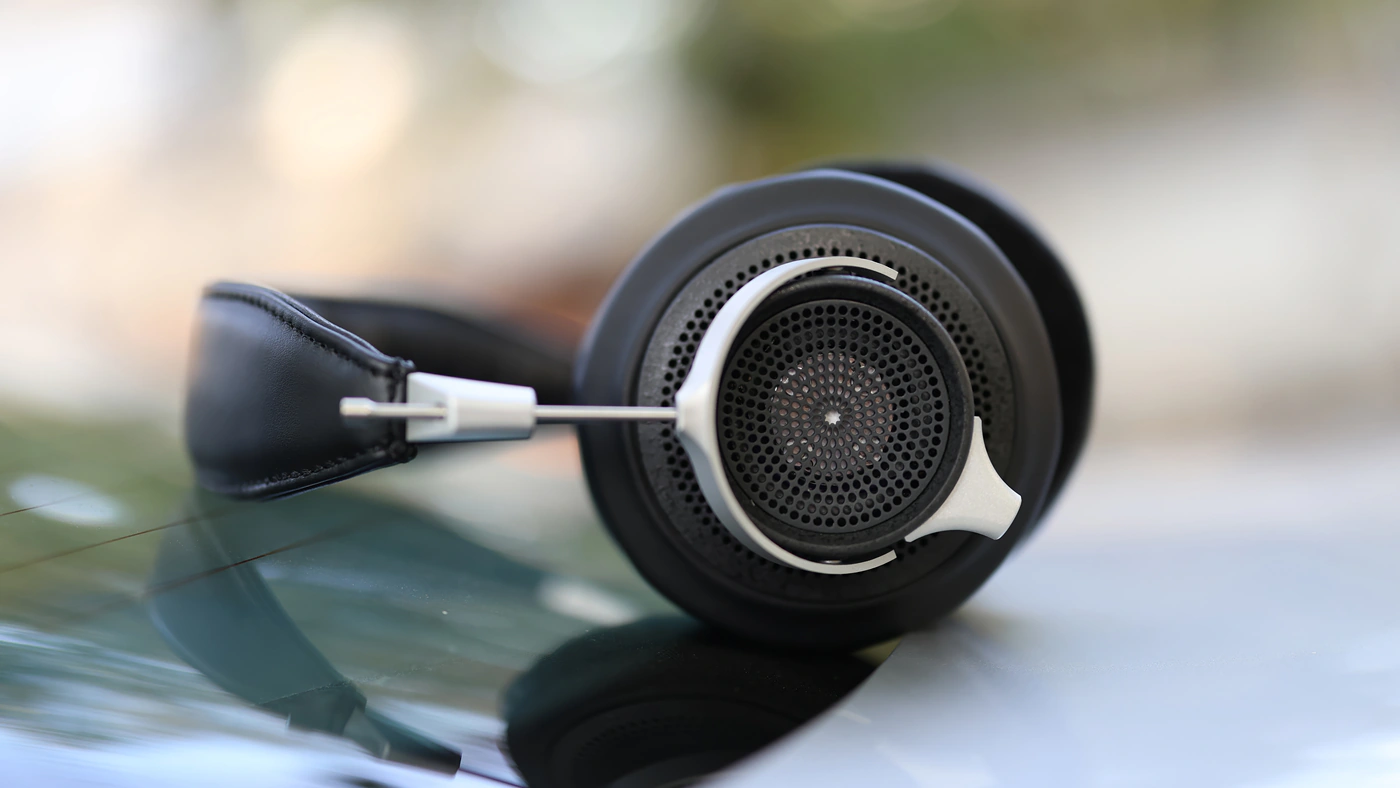
Midrange – The midrange is generally the most forward and most present element of MIRPH-1, although for the most part, this is a pair of headphones that is natural and controlled, it doesn’t have too much of a specific preference for coloration. Voices are always close to you, vivid and full of life, despite the sound being relaxed and free of fatigue. A bit part of how Mirph-01 achieves a relaxed sound is by having a smooth, lush and fluid texture, free of harshness or hard edges. Female voices sound sweet, fluid and pleasing, direct and emotional, while male voices sound bright, open and happy. This can make both rock and metal a much more fun experience, gives those styles life and a happy tone, resembling the live experience more than a recording. While it takes sadness away from music, it allows guitars and violins to shine as musical and happy instruments. Even ultra-aggressive bands like The Dillinger Escape Plan have the musical and smooth parts of their One Of Us Is The Killer song, so with MIRPH-1 you’re set to never be fatigued, but always hear all the information and the detail in your music.
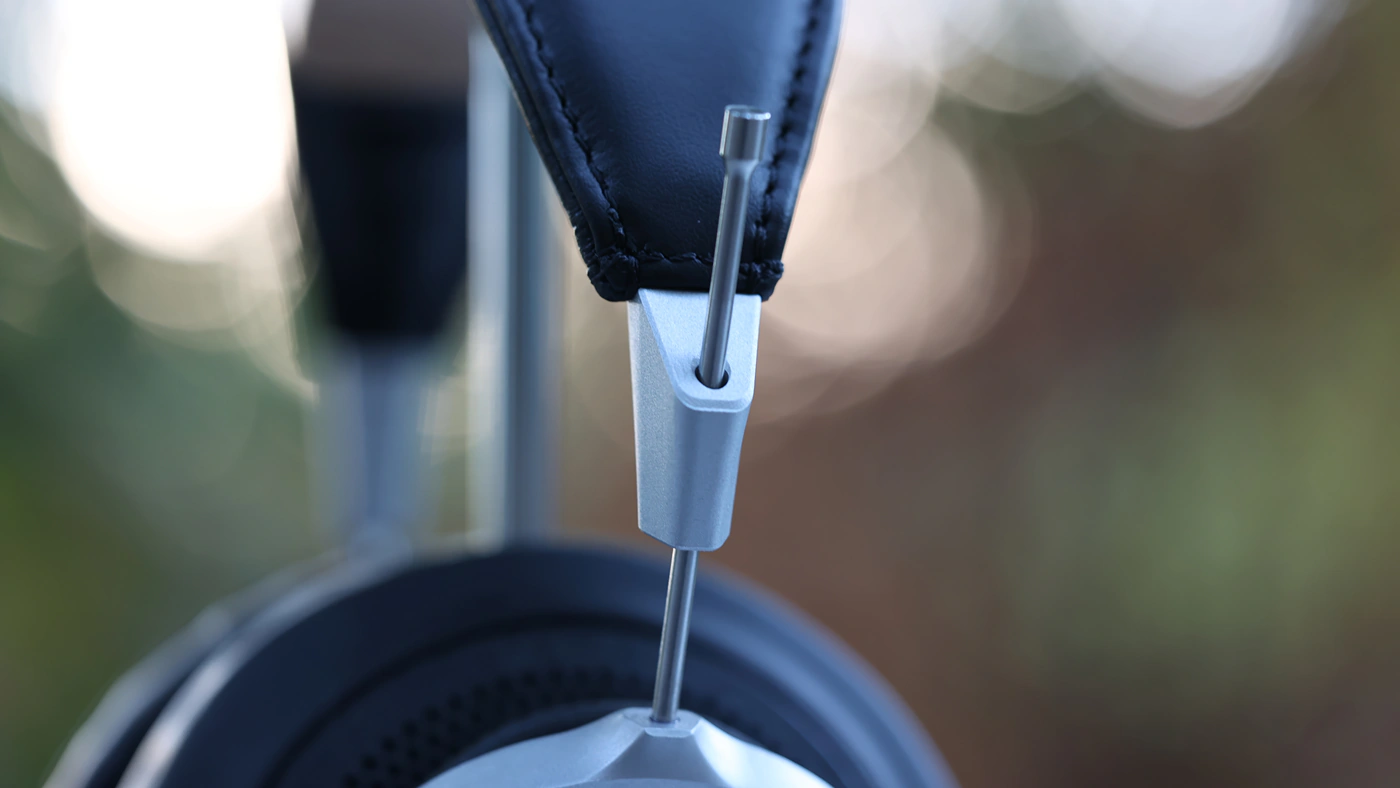
Treble – As is traditional for a neutral tuned headphone, Mirph 1 presents the treble as airy, extended and open, but presents it with no harshness or fatiguing elements, instead having a silky, elastic treble, with an ever so slightly wet character, which leans towards what I’d call oily, treble sounds really detailed and open, but it is never fatiguing, instead being somewhat dense. This kind of presentation works really well with pop, J-Rock, J-Pop, ACG music, and EDM, but can complement rock and metal too, making Mirph 1 an universal headphone that works well with any sonic style. I’ve seen the team behind the headphones enjoying Jazz and mature styles like Cabaret a lot, so I have to admit, I dig those styles a lot with Mirpoh 1 too, as it reveals a rich and complex layering with strong resolution, having analytical qualities without the dryness and harshness typically associated with an analytical tuning.

Dynamics / PRaT / Textures – I’ve heard one of the most dynamic sounds with Miprh 1, it is a headphone able to render the fine differences in loudness between quieter and louder parts, effectively rendering all music colorful and contrasty. PRaT and Impulse response is generally fast, but texture produced by the headphone is smooth and sickly, almost like it is filtered, creating a gentle, refined and rich listening experience with zero fatigue. As the midrange is a bit on the forward side, you hear a lot of information and detail but with smooth and soft textures.
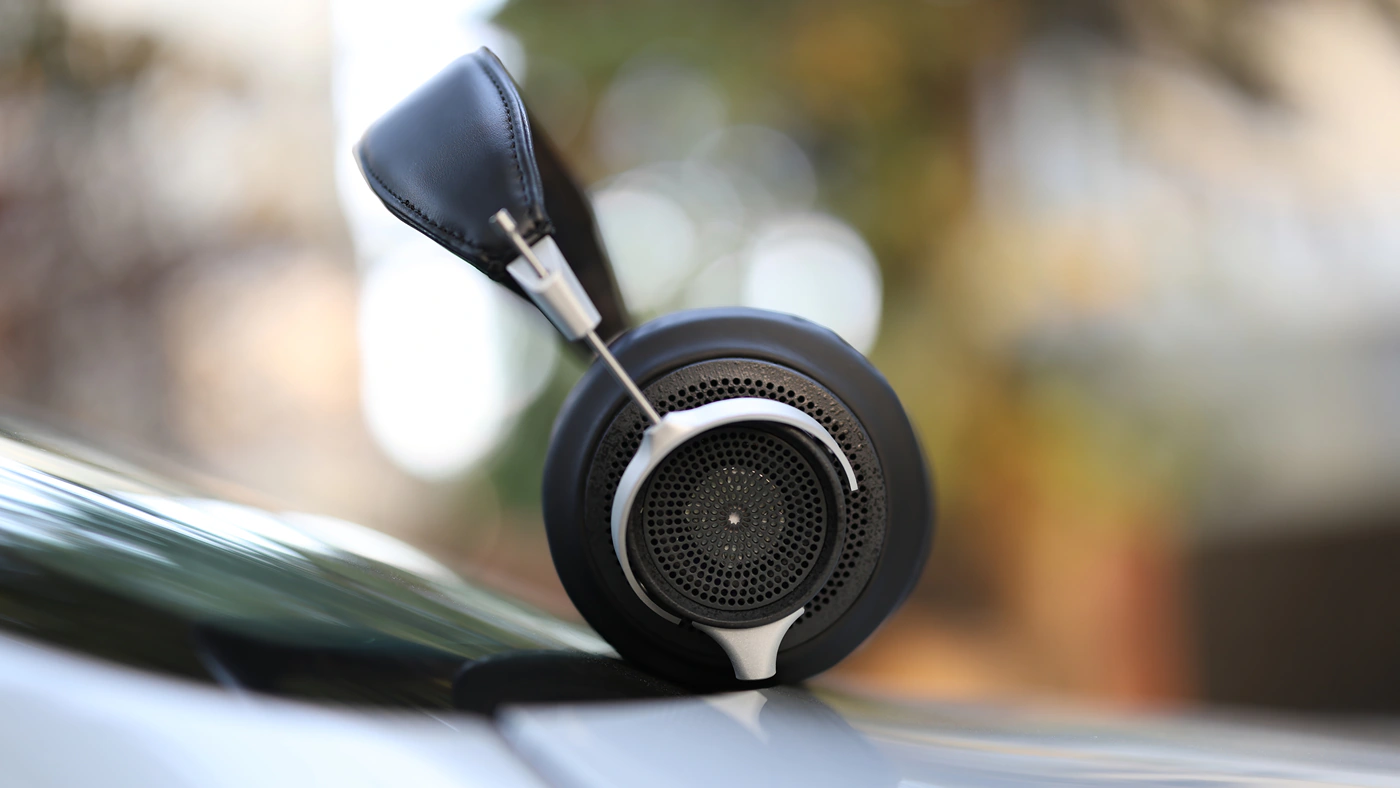
Loudness Saturation Gradient – While the loudness saturation gradient is more closely related to how the DAC and the AMP handles things, there is a variation with each IEM and headphone, depending on the impedance and driver ability, so Mirph-1 handles both quiet and loud volumes really well, with a strong resolution at both volumes, and the same relaxed, smooth texture / impulse response across all volume ranges. There is a difference in how forward the midrange is, and it becomes more forward at louder volumes, the whole sound getting warmer and more punchy, although the difference is minimal and Mirth-1 sounds great across all volume ranges. Being easy to drive, mirph-1 doesn’t stress the source to much, which is a good reason it handles volume well.
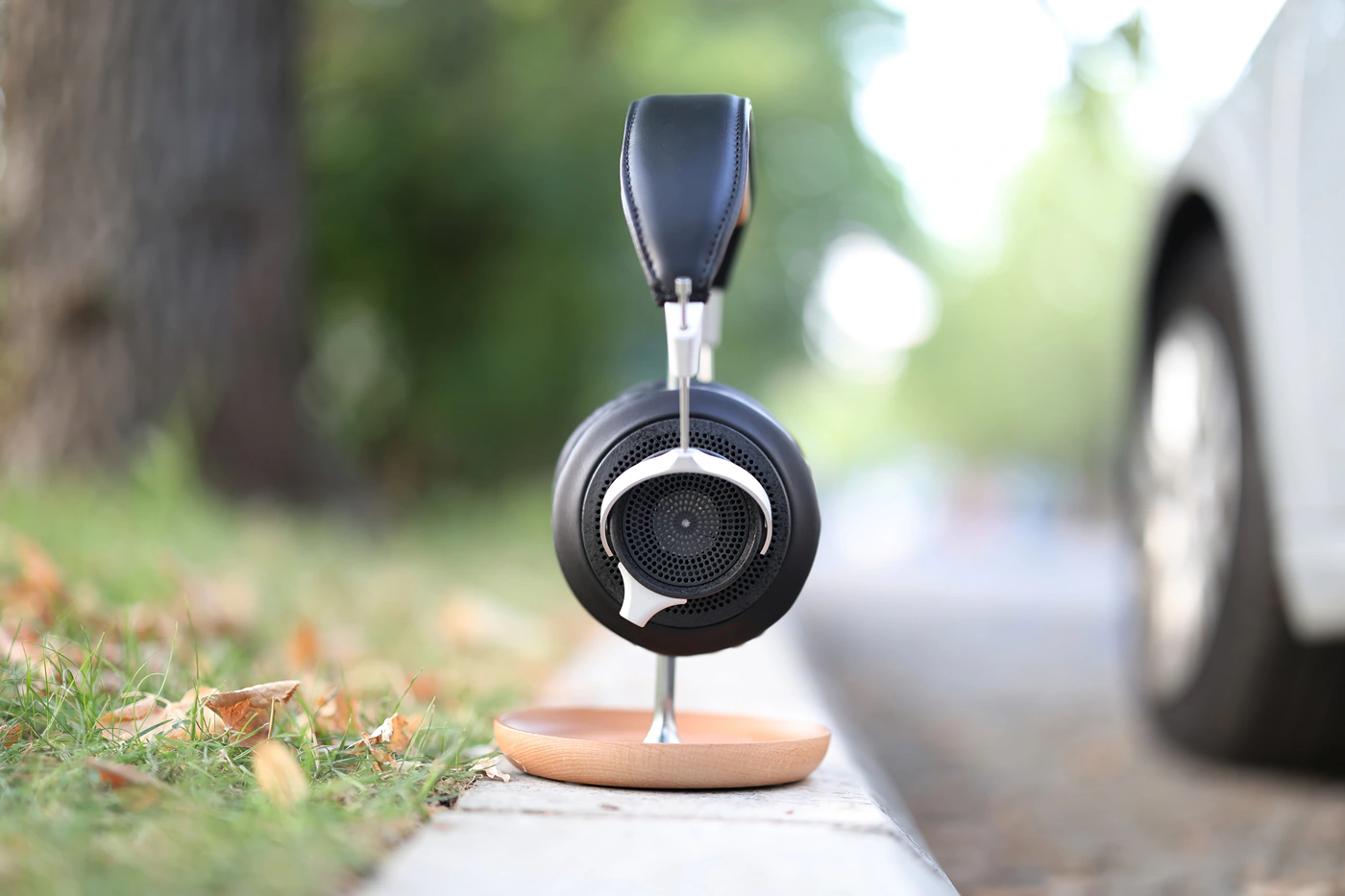
Soundstage – The staging of the mirph-1 is wide and it projects music wide in the lateral plane, but as the midrange is mostly forward, the lead instrument always plays close to the listener, creating an intimate experience with the lead instrument / voice only. This makes music personal, emotional and smooth, fun and detailed.
Gaming
If you want a pair of gaming headphones that you will never ever take off, MIRPH-1 is the best example, as the pillow-y earpads, thick and padded headband and the soft, flexible cable all build to what can only be described as the perfect wearing experience. There are many headphones that are comfortable, but around this price point, MIPRH-1 is likely the most comfortable to wear for long periods of time.
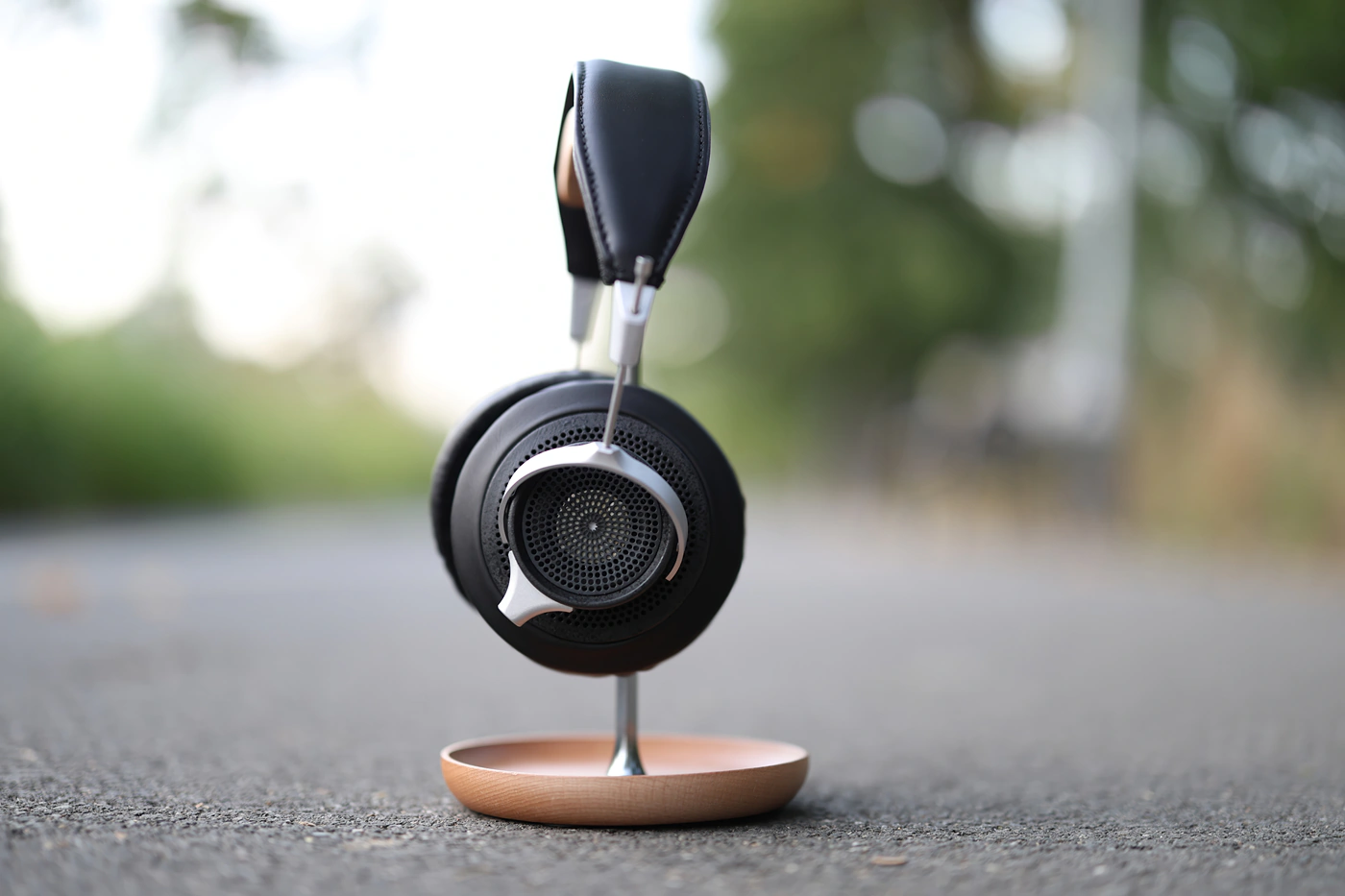
The tuning also takes away any kind of fatigue, harshness or brashness in sound, instead rendering a sound that’s clean, clear, detailed and vivid, happy and which emphasizes dialogue, making each part of a game easy to hear and understand, but keeping out the aggressive parts in each song. With a strong imaging and wide soundstage image, you get a holographic presentation that allows you to hear where sound is coming from, how far away it is, but also hear it very clearly without getting fatigued by shooters or high-action games. For Visual Novels and kinetic games, the happy and fluid tonality gives the soundtrack smoothness and a fatigue-free listening experience.
Comparisons
MIRPH-1 vs Dan Clark Aeon 2 Noire (749 USD vs 899 USD)
Build – Constructionally, Aeon 2 Noire is smaller in general, but still manages to pack enough space for my ears, with a more dense sponge in the earpad, the whole headphone being heavier, but feeling fuller while being worn. As Aeon 2 Noire is closed-back, it offers a strong passive noise isolation and a much lower leakage compared to the MIRPH-1, but Aeon 2 is much harder to drive, requiring a powerful, beefy source, while MIRPH 1 is fairly easy to drive and not very picky with the source. While both headphones are fairly comfortable, MIPRH-1 has a slightly looser fit, while Aeon 2 is quite tight for most wearers. Aeon 2 has a smart gimbal folding mechanism and can be packed really tightly, while MIRPH-1 does not come with a transport case.
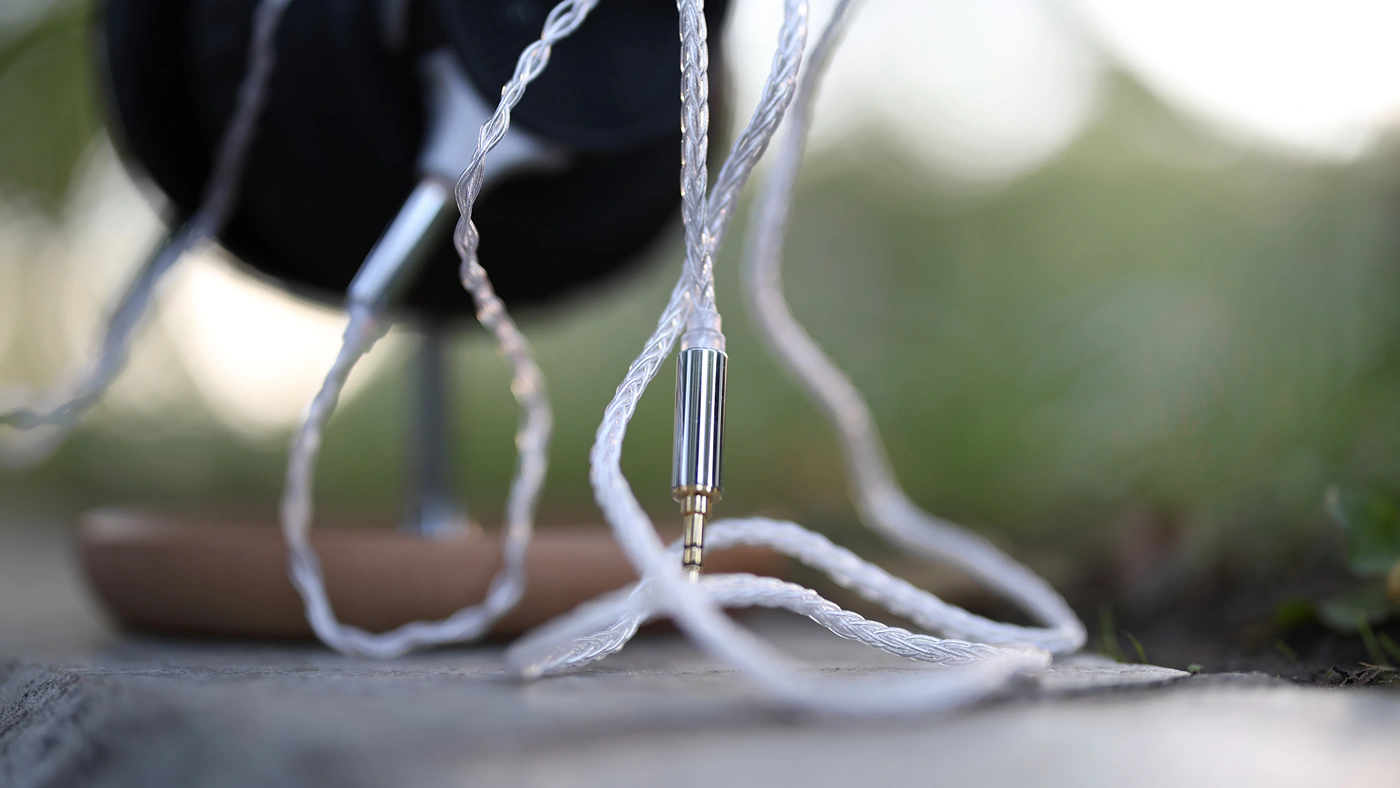
Sound – With one that is V-Shaped and highly resolute, and one that’s smooth and relaxed, the two headphones couldn’t be farther away from each other, and this is part of why the midrange is so fun for someone who wants to explore different tunings, Aeon 2 Noire is a really V-Shaped or even U-Shaped headphone, it pulls the midrange back, but shows a really full and powerful sub bass, and a sharp, crisp and detailed treble. MIRPH-1 renders an open, bright midrange, less bass depth and less treble harshness, less focus on the treble sharpness and detail, but more focus on the midrange presence, revealing more information there. This makes Mirph 1 a better headphone for jazz, classic rock, and vocal-centric music, while Aeon 2 sounds better for EDM, Dubstep and electronic music where you want the deep sub bass to dominate the sound.

MIRPH-1 vs Meze 109 PRO (749 USD vs 799 USD)
Build – Starting with the outer shell, for the same price, Meze uses wood instead of high-grade resin and a metallic frame, which makes the 109 PRO feel heavier, yet Meze decided to use high-end earpads, so 109 PRO doesn’t feel all that heavy. The headband support mechanism of the 109 PRO will automatically adjust the headband tension, and it is set to medium, while with MIRPH-1 you have to set it yourself, and I found that you can make the mirph 1 more comfortable if you allow them to sit looser on your head and not force them to be too tight. Both headphones isolate very little from the outside noise, and both leak about the same, but the headphone connectors on 109 PRO are not as universal as those found on the mirph 1 which uses standard 3.5mm connectors at the headphone side. 109 is harder to drive and requires more raw power, while both headphones are not picky with the source and will easily sound great with basically any source.
Sound – The sound of the two feels like an inverted curve, as 109 pro is ultra V-Shaped, with an aggressive upper midrange and lower treble, a really powerful and deep bass, and less midrange focus, all whilst sounding fairly forward and aggressive, whereas mirph 1 sounds far more relaxed, leaner, smoother, and even richer in the midrange at times, as 109 pro can sound quite textureless in the midrange, as the upper midrange and lower treble peak tends to drain the energy and presence from the main midrange body. Mirph 1 has a slightly more forward midrange, which creates the feeling of intimacy, while 109 pro can project music farther away from the listener, and especially as the midrange of 109 pro is recessed, music generally tends to sound rolled-off and distant compared to mirph 1 which sounds more focused and acute. Layering is excellent with both, but mirph 1 has a slightly better directionality and separation while 109 pro can create the body of each instrument more realistically thanks to its increased bass and depth in the sub-lows. If you want a more V-Shaped and aggressive sound, 109 pro delivers it quite nicely, while for a more balanced, natural listening experience, mirpth 1 can offer it better.
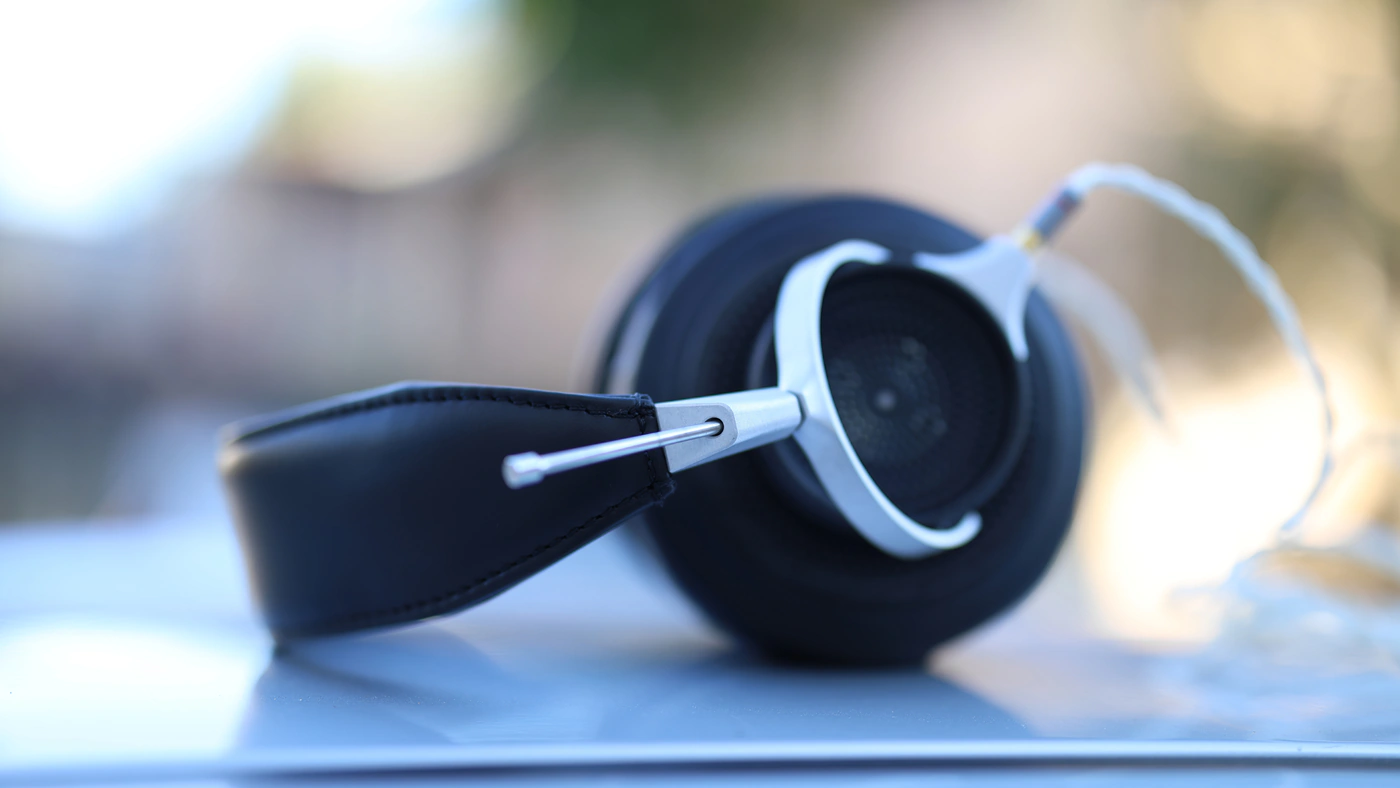
MIRPH-1 vs Focal Bathys (749 USD vs 699 USD)
Build – Focal finally delivers an ok headphone from a constructional standpoint, but Bathys is a bit of an oddball as it is a full-on high-end bluetooth headphone, yet it does not integrate any unique technologies inside, being just an ok headphone with a good build quality. Miprh-1 is a fully modular headphone that can be repaired by the user, and while it doesn’t come with the bluetooth functionality of the Bathys, the build quality is a bit better, and the headphone does not get as dirty or easily damaged as Batys tend to do. Bathys offer excellent passive noise isolation and low leakage, while an open-back headphone as mirpth 1 offers no passive noise isolation and leaks the music you’re listening to. The actual wearing comfort is better on the mirpth 1 which feels lighter, but both headphones uise a dense sponge in the earpads with a fair amount of padding in the headband.
Sound – It always is impressive to learn how many fans focal bathys has, since to me they are a fairly standard pair of headphones, with what I would call a good design and build quality, but nothing too impressive, considering the price point. Mirth-1 sounds more relaxed, smoother and leaner than the bathys which sounds more aggressive, sharper and brighter, with a more dry sound, while mirph one sounds more fluid, smoother and fuller, lusher and more relaxed. Bathys is a good example of a headphone that places a strong emphasis on instrument separation, so it is nice to see that mirph 1 can match that well, with mirph 1 having a more intimate soundstage, but with better imaging and directionality of sound. I would generally pick mirph for an open-back headphone that’s smooth, relaxed sounding and fun to wear, and pick bathys for a closed-back bluetooth headphone with a good design and fairly good looks too.
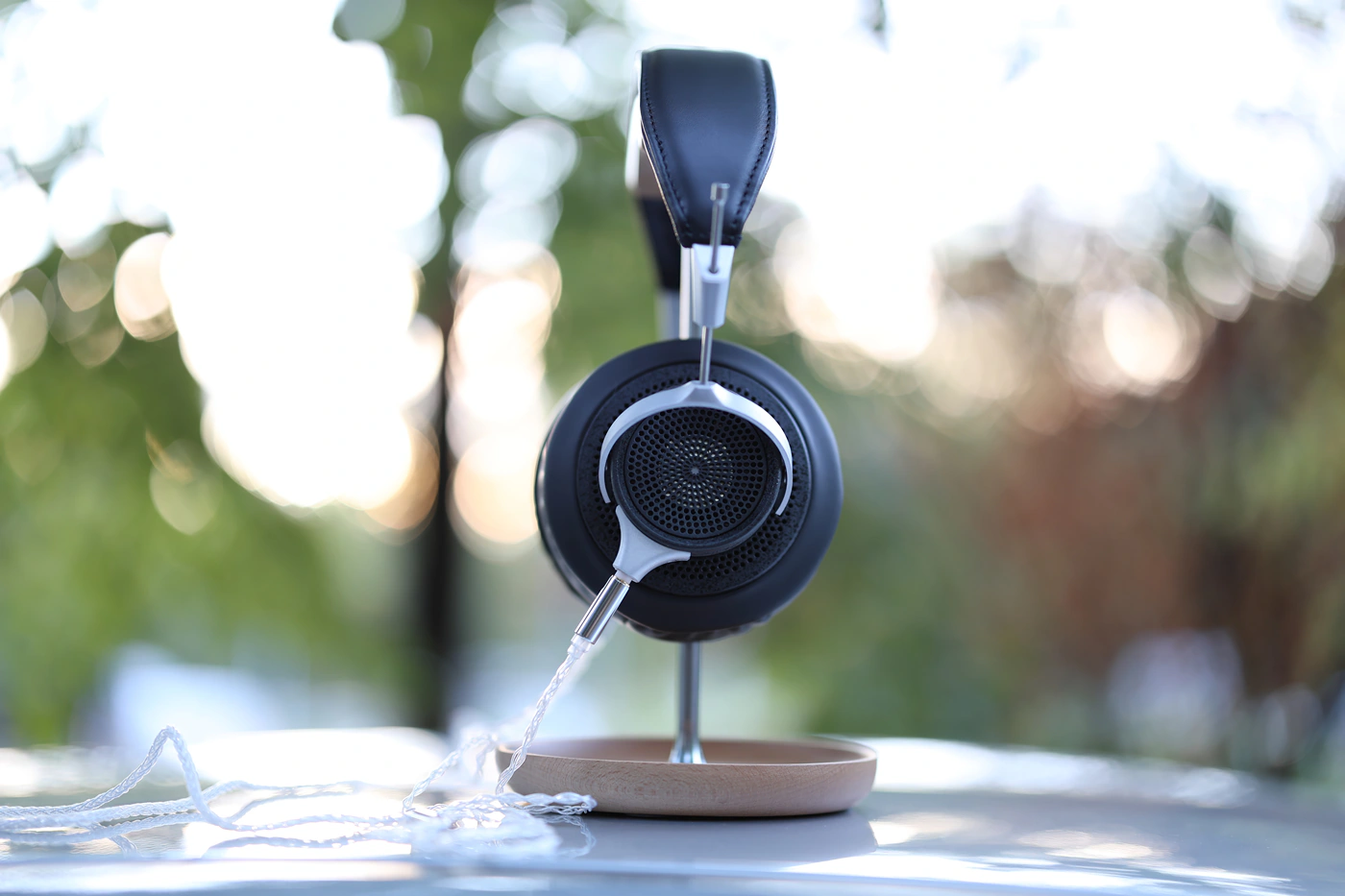
MIRPH-1 vs Crosszone CZ-10 Enhanced (749 USD vs 995 USD)
Build – I always felt like CZ-10 Enhanced was designed to be as comfortable, ergonomic and as fun as possible, so it makes sense that CZ-10 Enhanced and MIrph-1 are natural enemies, but their competition goes beyond just shape, as both are desktop headphones that come with no transport case, but CZ-10 Enhanced comes with a unique cable that you can mostly order from Crosszone, wile Mirph-1 uses a more standard 3.5mm connector at the headphone side. While both are easy to drive, Crosszone CZ-10 Enhanced requires a more meticulous source matching, while Mirph-1 will sound great out of most sources. The actual comfort is comparable, the earpads of the CZ-10 enhanced are more dense, but the ear cups are smaller, the offer some passive noise isolation and leak less than the Mirph-1, while the headband of both is comfortable, but CZ-10 Enhanced has the same thick and dense sponge for the headband cover material, while Mirpth-1 uses a harder leathety material but which is wider. For the most part, the comfort comparison rounds up to whether you want a fully open back headphone like Miprh-1 or a semi-open back like CZ-10 Enhanced.
Sound – You can enjoy both headphones, and both offer a smoother sound, but CZ-10 Enhanced presents music with far more bass, more depth and a lower amount of midrange, while Miprh-1 reveals certain details in the midrange more easily, thanks to their midrange forward tuning and signature. The midrange naturalness of the MIRPH-1 is much better, as CZ-10 Enhanced has a bit of a mid coloration that can come through as less natural, yet for a voracious, pumped up impact, CZ-10 Enhanced delivers a more realistic blow. The treble of the CZ-10 enhanced is smoother, leaner and rolled off compared to that of the MIRPH-1 which sounds more detailed, punchier and more revealing. Overall CZ-10 Enhanced is a full-on basshead headphone with extreme levels of impact and depth, punchiness and a smooth treble, with some forwardness in the mids, while MIRPH-1 sounds more natural in the midrange, presents a more neutral bass, with more control, and a sharper, more revealing treble which can extract more detail from music. Soundstage size is larger on CZ-10 Enhanced, but both headphones produce a similar degree of instrument separation and a similarly good imaging.
Value and Conclusion
With a price tag of 749 USD, Mirph-1 is a high-end pair of headphones with an excellent build quality, modular design, and an easy-to-repair construction. It has excellent value, the detail and resolution easily fights the competition in the price range without ever feeling left behind, although the tuning is fairly unique and the whole construction respects a different directive than most of the competition – Pure Comfort, The smoothest sonic experience – And They achieve it for sure.

At the end of the day, if you want to hear how pure smoothness, feel one of the most comfortable headphones in the whole world, and if you want to never feel fatigued by your headphones, but instead feel like you’re wearing smooth and gentle musical pillows, Mirph-1 is one of the best headphones you can grab right now, handmade in Munich Germany.
Product Link
Official store Link – https://mirphdesigns.com/products/mirph-1
--- Please remember to stay safe, and always have fun while listening to music!---
- If you have a dime to spare, please donate, and help us! It would make the day brighter for me and my wife-
Full Playlist used for this review
We listened to more songs than those named in this playlist, but those are excellent for identifying a sonic signature. I recommend trying most of the songs from this playlist, especially if you’re searching for new music! The playlists are different for Spotify, Tidal and Youtube, and based on the songs I enjoy and are available on each!
https://www.youtube.com/playlist?list=PL_cjBXGmwSHSdGcwuc_bKbBDGHL4QvYBu
https://open.spotify.com/playlist/5J3oloz8Riy9LxEGenOjQ0?si=979ba4f082414be7
https://tidal.com/browse/playlist/330fd544-8e5b-4839-bd35-676b2edbb3d5
--- Contact Us ---





